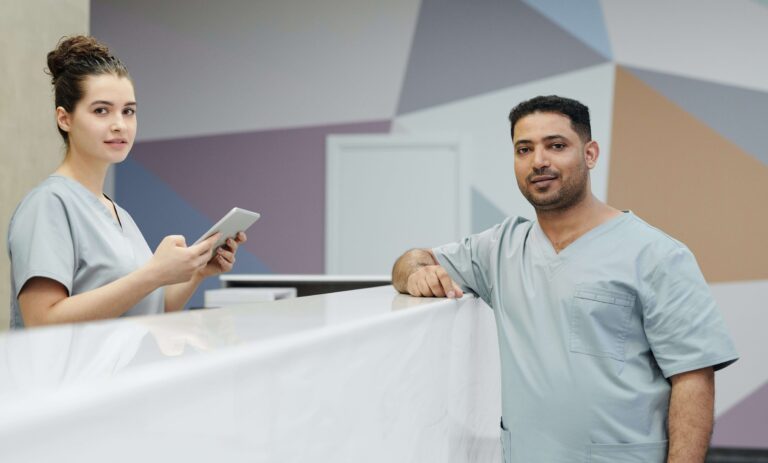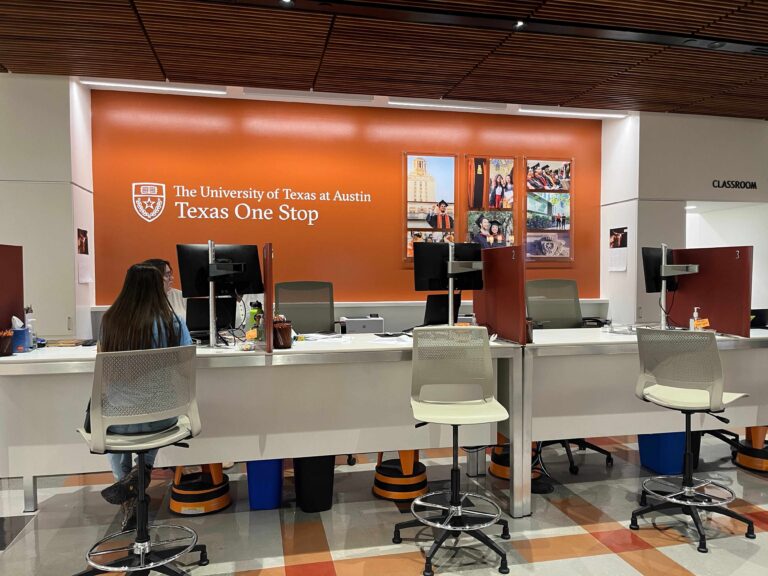5 tips for deploying effective waiting room solutions
Time is a precious commodity, and nobody enjoys wasting it on waiting. Whether it’s in a medical facility, a government office like the DMV, or any other setting, the waiting room experience plays a pivotal role in shaping the overall customer or patient satisfaction. Businesses must implement effective waiting room solutions to ensure a positive and efficient waiting room experience.
In healthcare settings, the waiting room experience directly impacts how patients perceive the quality of care they are about to receive. A well-managed and comfortable waiting area can alleviate anxiety and contribute to a positive patient experience before the actual appointment begins. Conversely, extended wait times and a chaotic atmosphere can lead to frustration and negatively affect the perceived quality of service.
Similarly, government offices, such as the DMV, often contend with many individuals seeking various services. The waiting room experience in such environments can either enhance or diminish the efficiency and satisfaction of customers dealing with bureaucratic processes. Implementing effective waiting room solutions in these settings not only reduces the inconvenience of waiting but also enhances the overall perception of government services.
As technology continues to advance, businesses have the opportunity to incorporate innovation into their waiting room solutions. Digital advancements, including virtual queueing systems, appointment scheduling apps, and self-service kiosks, not only expedite processes but also demonstrate a commitment to staying current and meeting the evolving needs of customers or patients.
Allow self-check-in options in your waiting rooms
The initial step towards crafting an effective waiting room experience involves streamlining the check-in processes. Lengthy lines at the reception desk or chaos in the waiting area can lead to frustration and anxiety for both staff and customers. To counteract this, implementing digital check-in solutions proves instrumental in significantly reducing wait times and elevating the overall experience.
By integrating self-service kiosks or mobile check-in applications, individuals can efficiently complete the check-in process, input necessary information, and fill out essential forms before arriving. This not only expedites the check-in procedure but also equips staff with pre-registered information, allowing them to prepare for appointments or services in advance.
The adoption of digital check-in solutions also introduces an additional layer of safety and hygiene, particularly during times of public health concerns. Minimizing physical contact with shared surfaces and paperwork mitigates the risk of germ transmission, fostering a healthier environment for both staff and visitors. This aligns with current health and safety standards and assures customers that their well-being is prioritized.
In addition to expediting check-in, these digital solutions can function as a versatile platform for disseminating important information and updates. By utilizing these channels, businesses can communicate relevant announcements, promotions, or educational content, transforming the waiting room into an engaging space. This not only keeps customers informed and entertained but also offers businesses opportunities to enhance their brand image and foster a positive perception among their audience.
Incorporating real-time updates on wait times, facilitated by innovative solutions further manages expectations and keeps individuals informed, effectively reducing perceived wait times. With tools like WaitWell, to automate and simplify check-in processes, businesses can cultivate a smoother and more pleasant waiting room experience. By evolving the waiting room into a digitally-enabled, interactive space, organizations can transcend the traditionally mundane encounter, creating a valuable and customer-centric engagement opportunity that ultimately contributes to increased customer satisfaction and loyalty.
Keep people informed with personalized and efficient communication systems
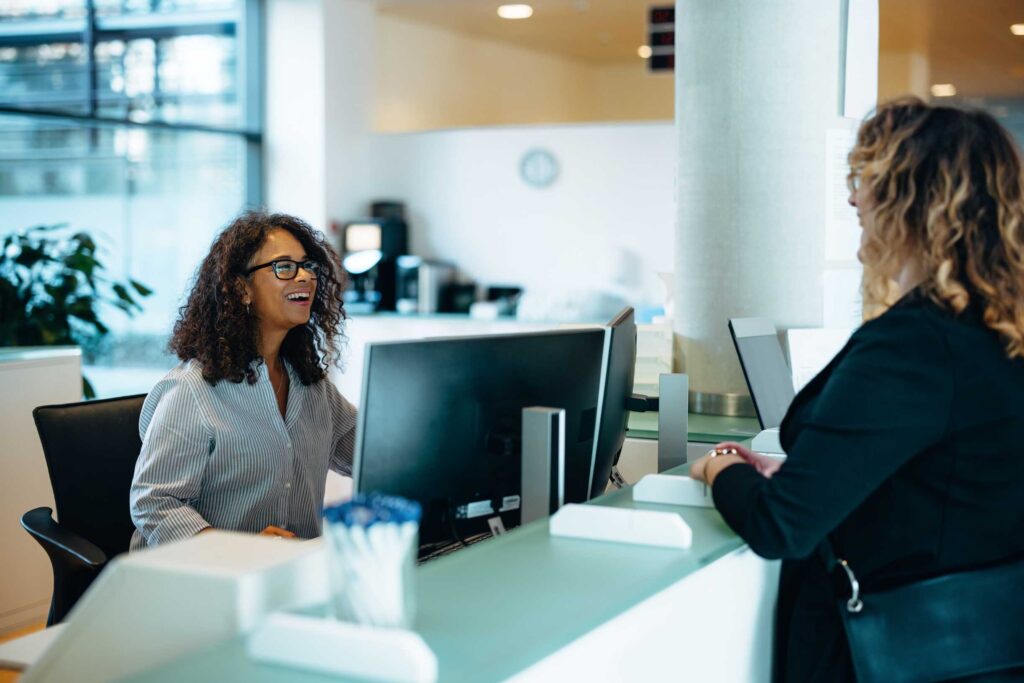
Managing waiting room experiences successfully relies heavily on effective communication. The implementation of robust communication systems plays a pivotal role in keeping individuals well-informed about various aspects, from wait times and potential delays to the progression of their appointments or services.
Utilizing digital displays and announcement systems proves to be dynamic in broadcasting real-time updates, consistently keeping individuals in the loop, thereby enhancing accessibility for everyone involved. Staff members can leverage these communication platforms to notify individuals as their turn approaches, mitigating the uncertainty and frustration often associated with waiting. The integration of SMS alerts or mobile apps takes it a step further, offering personalized updates that enable individuals to briefly step away without the worry of missing their turn.
However, effective communication goes beyond the digital realm. Clear signage and wayfinding elements strategically positioned within the waiting area contribute significantly to a seamless experience. These visual cues empower individuals to navigate the space effortlessly, locate amenities, and comprehend the waiting process. The result is a reduction in confusion and stress, elevating the overall waiting room experience.
Effective communication acts as the glue that binds a transparent and efficient waiting room experience. By leveraging a combination of digital tools, staff communication, and clear signage, businesses can manage expectations effectively and cultivate an environment where individuals feel well-informed, valued, and at ease throughout their waiting journey.
Comfortable and functional waiting room solutions
Creating a welcoming and functional waiting space is crucial for fostering a positive atmosphere in any business setting. The arrangement of waiting rooms plays a pivotal role in shaping individuals’ perceptions and overall satisfaction, presenting an opportunity beyond practicality to elevate the waiting experience.
When it comes to seating arrangements, the focus is on ensuring a profusion of comfortable options—ranging from individual chairs and benches to designated family areas—all contributing to a welcoming environment that caters to diverse customer needs.
Enhancing the waiting experience also involves providing thoughtful amenities, including complimentary Wi-Fi, charging stations, and informative displays like lobby screens featuring essential queue information. This not only captivates individuals during their wait but also transforms what might be perceived as downtime into a valuable and productive experience.
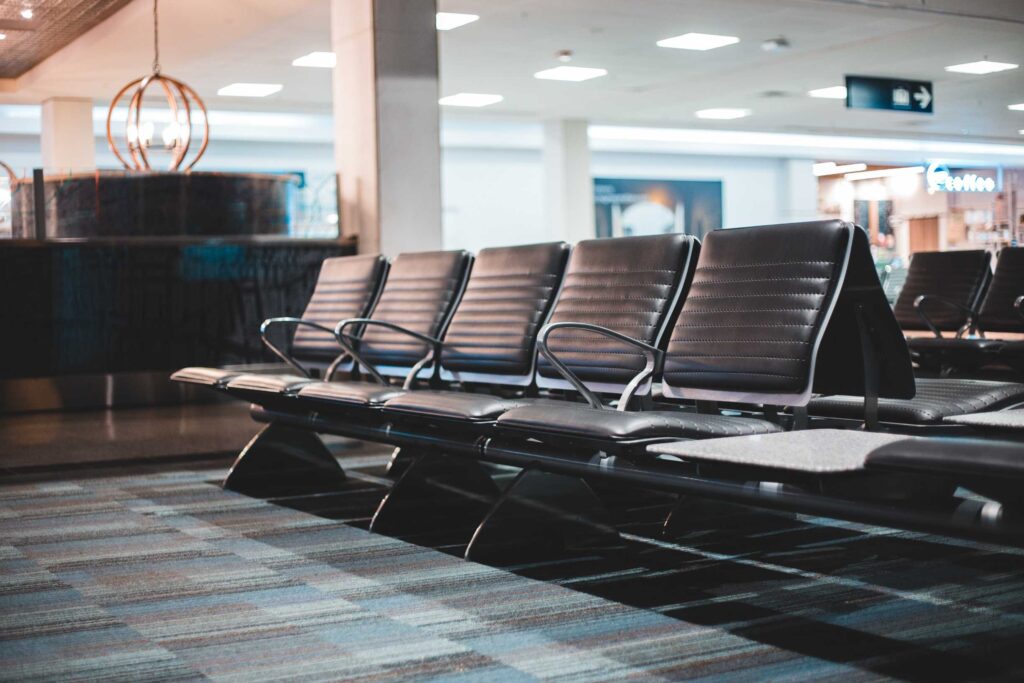
Creating a comfortable waiting room environment also involves meticulous organization and triaging of customers. Clear signage and informational displays, whether through QR codes or arrival instructions, expertly guide individuals through the check-in and waiting process, minimizing confusion and fostering a sense of control.
Mindfully tailoring seating arrangements to align with the services provided not only optimizes space and creates an organized ambiance but also minimizes anxiety. Whether utilizing digital or physical methods, a transparent queuing system effectively communicates wait times, ensuring staff and customers are always informed about who is next in line.
The collaborative efforts of well-trained staff, synchronized with technology, inject a personalized touch into the waiting experience, positively transforming the atmosphere. This well-coordinated strategy ensures the waiting room evolves into a serene and efficient space, where individuals consistently feel valued, receive necessary information, and enjoy comfort throughout the entire waiting process.
Collect data for business insights and continuous improvement
Data-driven insights provide a holistic understanding of various operational aspects, encompassing customer interactions to internal workflows. Through the collection and analysis of data, organizations acquire valuable insights into patterns, trends, and areas for improvement. For instance, delving into customer feedback and data unveils preferences, pain points, and expectations, enabling organizations to tailor their services accordingly.
Operational efficiency, a central concern for any organization, finds substantial support in data-driven insights. These insights play a pivotal role in pinpointing bottlenecks, streamlining workflows, and optimizing resource allocation. Beyond operational enhancements, data-driven decision-making reduces the reliance on guesswork, allowing organizations to move away from subjective judgments. This shift towards empirical evidence not only diminishes the risk of errors but also fosters a culture of accountability and transparency within the organization.
Organizations that wholeheartedly embrace data-driven insights position themselves as trailblazers in innovation and competitiveness. By continuously refining operations based on empirical evidence, they establish a more agile and adaptive environment. In the evolving business landscape, organizations armed with robust data-driven strategies are better equipped to navigate uncertainties, seize opportunities, and ensure sustained success.
Train and empower staff to provide exceptional service
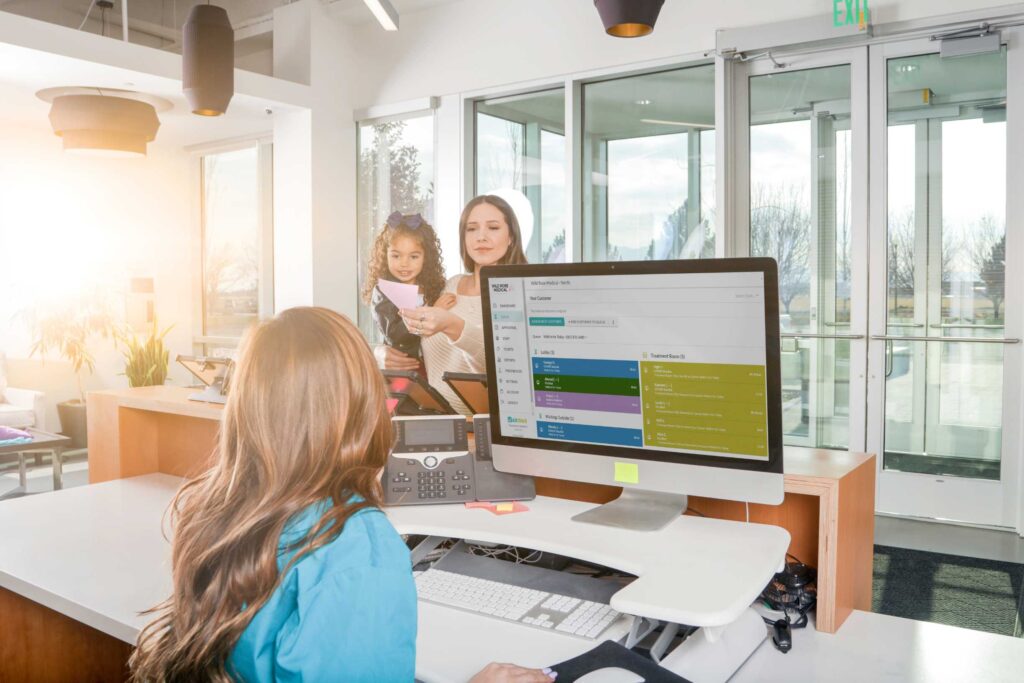
A critical element in curating an exceptional waiting room experience involves a team of well-trained and empowered staff. The implementation of a comprehensive training program covering customer service, effective communication, and conflict resolution equips staff with the necessary skills to address individual needs, offer assistance proactively, and handle unexpected situations with professionalism.
A customer-centric mindset is encouraged among staff, emphasizing the importance of empathy and active listening. A positive and engaging staff significantly enhances the overall atmosphere of the waiting room, establishing a welcoming environment for individuals.
Moreover, it is ensured that staff members are adequately equipped with the necessary tools and resources to execute their duties efficiently. This encompasses providing access to technology for real-time updates, offering training on the use of communication systems, and providing ongoing support to navigate challenging situations. These measures collectively enhance the capabilities of the staff, enabling them to deliver a seamless and positive waiting room experience.
Investing in the training and empowerment of staff goes beyond immediate advantages. It cultivates a culture where staff members feel confident and competent in their roles, fostering a sense of pride in delivering exceptional service. This positive environment resonates not only with individuals in the waiting room but also contributes to the overall reputation and success of the organization. Ultimately, a well-trained and empowered staff becomes an invaluable asset, pivotal in shaping an exceptional waiting room experience.
As we adapt to evolving approaches and methods of service delivery, having effective waiting room solutions becomes more and more important. By bringing together technology, good service, and learning from data, businesses can turn waiting rooms into efficient and friendly spaces. With WaitWell leading the way, organizations can confidently make their waiting rooms better, ensuring a smooth and happy experience for everyone.





